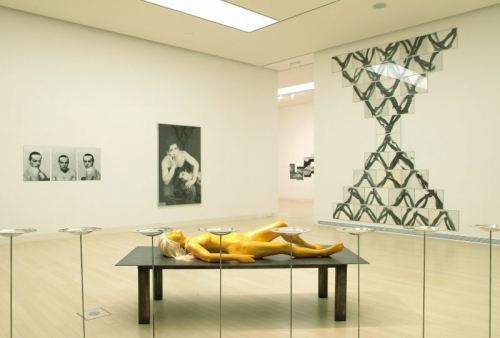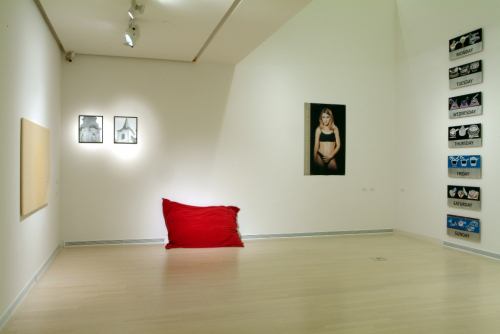Although Róza El-Hassan graduated as a painter from the Budapest Academy of Fine Arts (1990), she has not created paintings in the literal sense of the word in her career so far. Her works explore a wide range of issues, both in terms of genre and thematic and in terms of approach, from the problem of spatiality to postcolonial theory. El-Hassan’s work often reflects on issues of gender roles and related identities. Her installation Anastasia was a turning point compared to her previous artistic practice. The work was created on site for the 1998 São Paulo Biennial using a ready-made found there, a bust of a gagged slave woman. The artist juxtaposes it – literally – with a poster-size enlargement of one of the most striking works of European painting, Edvard Munch’s lithograph The Scream. The figure of a slave woman of African descent was inspired by Brazilian Catholic folklore and became widely popular in the late 1960s, just after the events surrounding the anniversary of the abolition of slavery. The mask covering her mouth literally and figuratively prevents her from having a voice, while the seemingly androgynous figure in the Norwegian painter’s picture is a contradiction in terms. The scream is the ultimate expression of pain and trauma, but it is also non-linguistic, not part of the world of logos in the Lacanian sense. The slave woman creates the context of the identity of the figure in the painting by representing different forms of the oppressed, traumatised female experience. From this point on, El-Hassan’s work addresses political and activist themes that are still relevant today, as well as issues of identity through a method of radical juxtaposition of different cultures.
Katalin Timár



